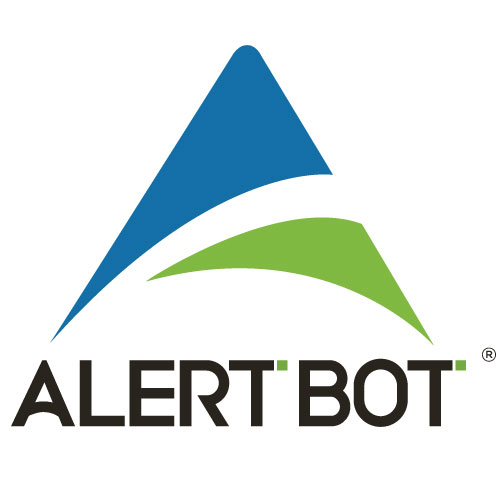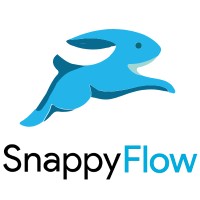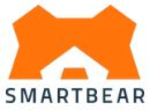
Cacti
Cacti offers an advanced operational monitoring and fault management framework, tailored for global users. It integrates RRDTool’s capabilities for robust network graphing and includes a fault-tolerant data collection system. With versatile data acquisition methods, automation features, and a user-friendly interface, Cacti simplifies the management of networks ranging from small LANs to vast infrastructures.
Top Cacti Alternatives
AppDynamics
Combining leading-edge observability capabilities, this full-stack observability suite empowers organizations to monitor and enhance the performance of hybrid and on-prem applications.
AlertBot
AlertBot is an advanced Application Performance Management Software designed to enhance user experience through centralized login management.
Verax NMS & APM
Verax NMS & APM offers advanced Application Performance Management by monitoring entire services instead of just individual elements.
Azure Monitor
Azure Monitor integrates Azure Monitor, Log Analytics, and Application Insights to deliver robust monitoring for applications and their dependencies.
Telemetry Hub
Telemetry Hub empowers development teams to swiftly identify and resolve backend performance issues across Ruby, Python, PHP, and Elixir applications.
Instrumental
Created to address critical monitoring gaps, Instrumental offered powerful application and server monitoring tailored to unique software needs.
SnappyFlow
It enables monitoring of application workloads across AWS, vCenter, and Kubernetes, while offering usage analysis...
AppsWatch
It automates business processes and load testing for Citrix environments and Azure Virtual Desktop, simplifying...
RTVIEW 360-degree APM PLATFORM
Its customizable dashboards deliver actionable insights, enabling teams to effectively manage and optimize the performance...
AlertSite
With user-friendly features like DejaClick for effortless web monitor creation and seamless integration with OpenAPI...
Optimizer Studio
Utilizing AI-driven dynamic and static optimization, it continuously monitors application interactions, delivering superior reliability and...
Loupe
Offering both cloud and on-premise options, it captures essential telemetry in production, empowering developers to...
Nastel AutoPilot
The AutoPilot M6 Documentation Library offers extensive resources for users, providing essential guidance on Core...
SteelCentral AppInternals
By providing real-time insights, it enables organizations to identify and resolve performance issues swiftly, ensuring...
Coroot
With no configuration required, it offers predefined dashboards and inspections, enabling swift anomaly detection and...
Cacti Review and Overview
Enterprise systems use data gathering tools to maintain a stable database repository for their LAN connected computer systems. They are needed to store data as graphs in MySQL databases. Software for such a task should be able to handle multiple sources of data and aggregate them into time-based and Round Robin archives. It must be able to scale the data sources using pre-defined templates. Cacti is such a software that enables efficient graphing and profiling of data into MySQL database servers. It uses the features that are developed by RRDTool and gives it a graphical frontend to work efficiently and quickly.
Sourcing of data
Data sourcing and gathering can be done using Cacti by using simple methods. Users can provide the links to any kind of external script or command that aggregates data that the user needs to fill inside. The data gathered will be scheduled to be optimized and organized according to the way it should be stored in the database. The software runs a scheduled cron job to ensure the processing of data is done on time. By running the cron job, Cacti fills in the database and round robin archives.
It also ensures that users can create new data sources that correspond to actual data in the graph representation. They can also create scripts to do specific tasks based on information available within the database. For example, they could create a script that pings time in milliseconds to a host. After defining values in the RRDTool, the data source is created. This source is then maintained and refreshed every five minutes.
Creating graphs from data
The RRDTool can be used to create graphs from the data gathered from the sources, as and when the sources are defined clearly. It supports the creation of any standard RRDTool based graph representations and consolidation functions. There is also a text padding function and color selection area to aid the process of graphing and make it easier to visualize them.
RRDTool and Cacti can create not only graphs and visualizations but also different methods to represent them and view them on several platforms. The standard list view and preview mode are present – however, the new tree view also enables the users to understand the hierarchical representation of data better.
Managing users and templating
Cacti can handle a multi-user approach better than any other implementation of RRDTool. The built-in user management feature enables effective access control to the users. Admins can add users and provide file permissions and access to certain features of Cacti. It lets users change graph views and control the viewing of data by third-party. It should be noted that each user has a preference for viewing the graphical data.
It can also scale a large amount of data using pre-defined templates that enable efficient handling of data sources and graphs. Host templates allow the host process to define its capabilities so that Cacti can poll information when new sources are added to the network.
Top Cacti Features
- Robust operational monitoring
- Fault management framework
- Extensible data collection
- Advanced template automation
- Multi-device support
- Graphing with RRDTool
- Multiple data acquisition methods
- Plugin extendability
- Role-based access control
- User and group management
- Theming engine
- Multi-language support
- Intuitive user interface
- Scalable for complex networks
- Distributed architecture
- Easy installation process
- Comprehensive documentation
- Active user community forums
- Regular updates and releases
- Open-source licensing














